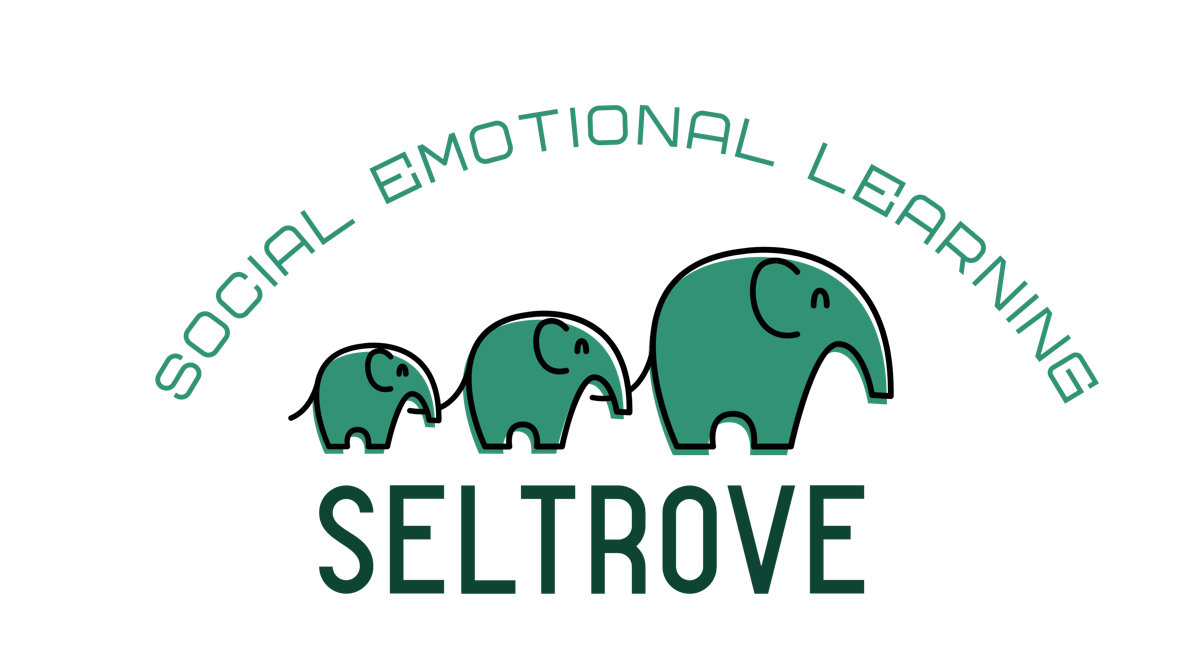Description: As a class students will collaborate to create a list of topics to be further explored through dance composition. Students will sit in a circle and brainstorm about the list of pre-determined social issue topics. Students will free-write for one minute and pass their paper to a student next to them until all topics have been explored. Students will reflect on each issue and what it means to them, their environment, economy, and their generation. Students may comment on each other’s free-write with respect. After the brainstorming circle, students will be given a topic in a group as well as the “brainstorm document” to develop a dance phrase. Students will create a 30 second dance phrase in groups based on their topic. Students will begin with a tableau, then develop movement from that still image. After their group performs, students will briefly explain their motivation for their dance phrase using their free-write and group discussion.
Examples of social issues explored in the assignment: body image, politics, social media, racism, peer pressure
Each one of the 5 Core SEL Competencies is explored in this assignment. I will share a few key concepts the assignment explore
s.
Self-awareness
- Linking feelings, values, and thoughts
- Examining prejudices and biases
- Experiencing self-efficacy
Students must consider the feelings, values, and thoughts of their group members while examining their own biases. They may also experience self-efficacy by managing their courses of action within the group.
Self-management
- Exhibiting self-discipline and self-motivation
- Using planning and organizational skills
- Showing the courage to take initiative
Students must exhibit self-discipline and self-motivation in their group while planning and organizing the tasks they were given. As always, they have to take initiative to begin the tasks and get them done in a timely manner. Stepping up and deciding you will manage your team’s time management shows courage.
Social awareness
- Taking others’ perspectives
- Recognizing strengths in others
- Showing concern for the feelings of others
Each group has been given an issue to explore and generally their beliefs about the issues vary so they must take other perspectives into consideration and show concern for the feelings of others while recognizing their strengths.
Relationship skills
- Developing positive relationships
- Practicing teamwork and collaborative problem-solving
- Showing leadership in groups
Students must work in groups to create tableaus and to create a dance phrase that can further be explored in the next level of the project. Working in a group may help to develop positive relationships by allowing students to practice collaboration and teamwork. Leaders often step up in group work.
Responsible decision-making
- Demonstrating curiosity and open-mindedness
- Learning how to make a reasoned judgment after analyzing information, data, and facts
- Identifying solutions for personal and social problems
Students are giving a set time, but they are also graded on the use of their time. The teacher gives parameters on making sure that they have a timekeeper and a person to explain the topic to the rest of the class after their presentation. Students must be responsible for making reasoned judgments while identifying solutions to their social problems. They also must stay open minded because the teacher allowed for each student to present the topic in any way they choose.
As you reflect on your teaching, you may notice that SEL is already embedded and active in your classroom. By identifying the key concepts, you will build the SEL capacities in your students.
Teachers can collaborate with core subject teachers to further encourage SEL in the classroom and continue building on the SEL competencies. If you have an art teacher in your school, reach out to them to find ways you can collaborate or discuss SEL practices you may share.
